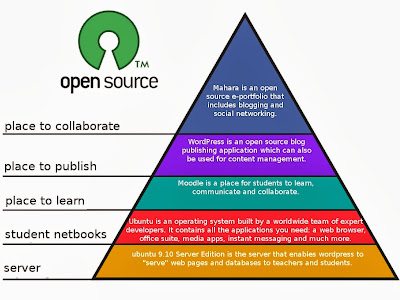 |
| Image Source |
What was the first
impression in your mind when you read my blog’s title? I am very sure that most
of you have made negative impression, because of the word “hacking.” This
is not your fault. It is normal for people to think negatively when we
hear or read words, such as “hackers” or “hacking”, because of the media. These
words force us to think of malicious computer users who finds to new ways to
access secure information by infiltrating in computer systems. I am not denying
the fact that there are hackers around this world with bad intentions, who
infiltrate networks and spread computer viruses for their own benefits. We call
them black hats. However, there are several other hackers with good intentions,
who use their knowledge to help government or corporations create better
security system and we call them white hats. In fact, they have started using
words like “geek” or “guru” because of the bad reputation of word “hacker.”
 |
| Image Source |
Even when you search the
word “hacker” or “hacking” on Google, it refers to black hats who access
computer information illegally. However, there is another good way to define
these words. We can say that hacking is a process of solving computer problems
in IT industries and hackers are programmers who are expert in hacking the computer
code. Lots of computer problems are fixed, because of hacking. Hackers can
imagine new ways of using computers. They can create computer programs that no
one can imagine. In fact, they can change the whole computer industry by creating
new applications or completely new operating systems. In this sense, famous
people such as Linus Torvalds, Bill Gates and Steve Wozniak were all hackers.
They imagined a completely different world of computer technology and were
successful in changing their imagination to reality.
Whether it is to learn,
create applications, help someone or for personal profits, hacking will continue to happen in the future. It all boils down to what we think of
hacking.
Source:



